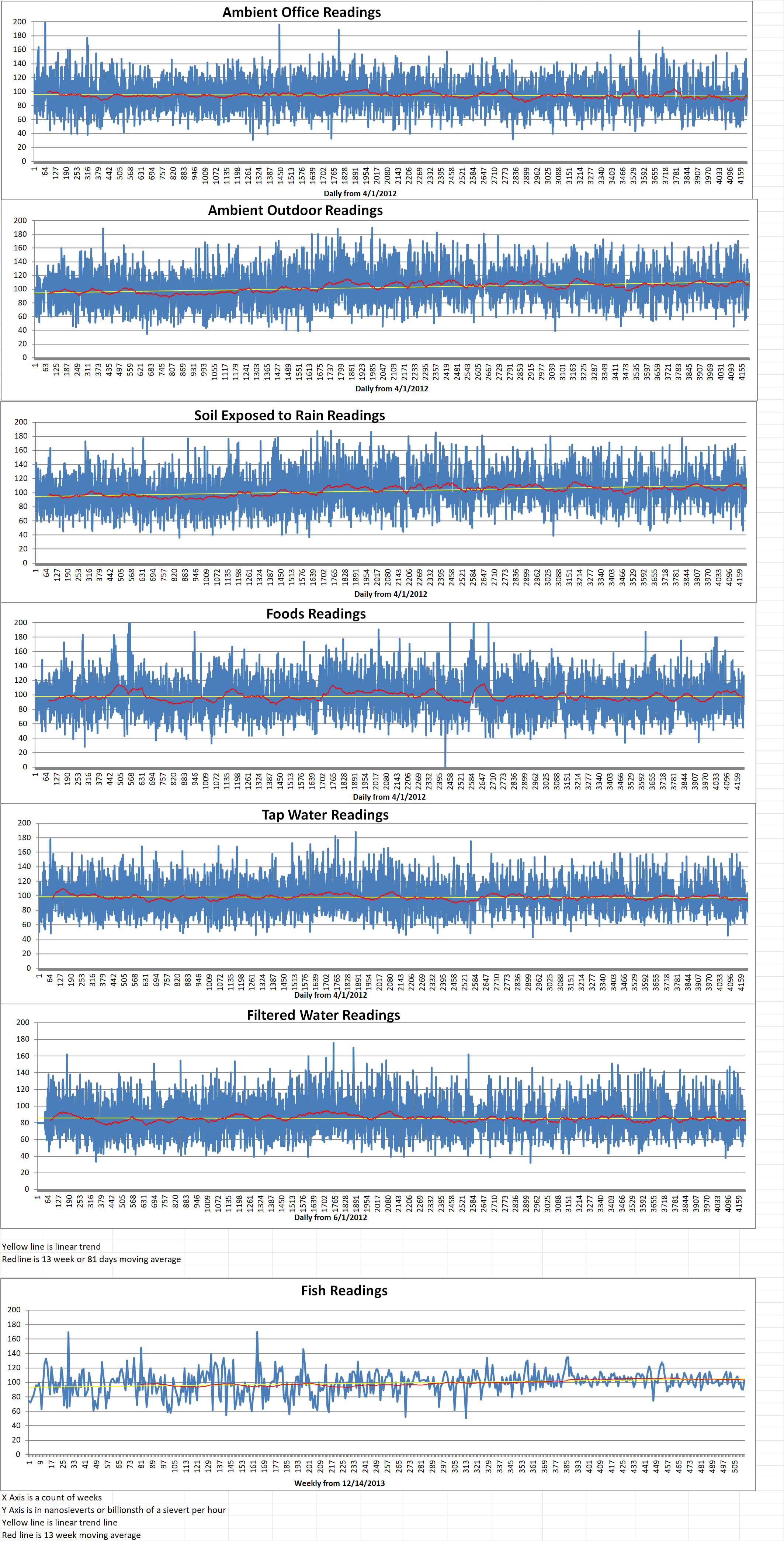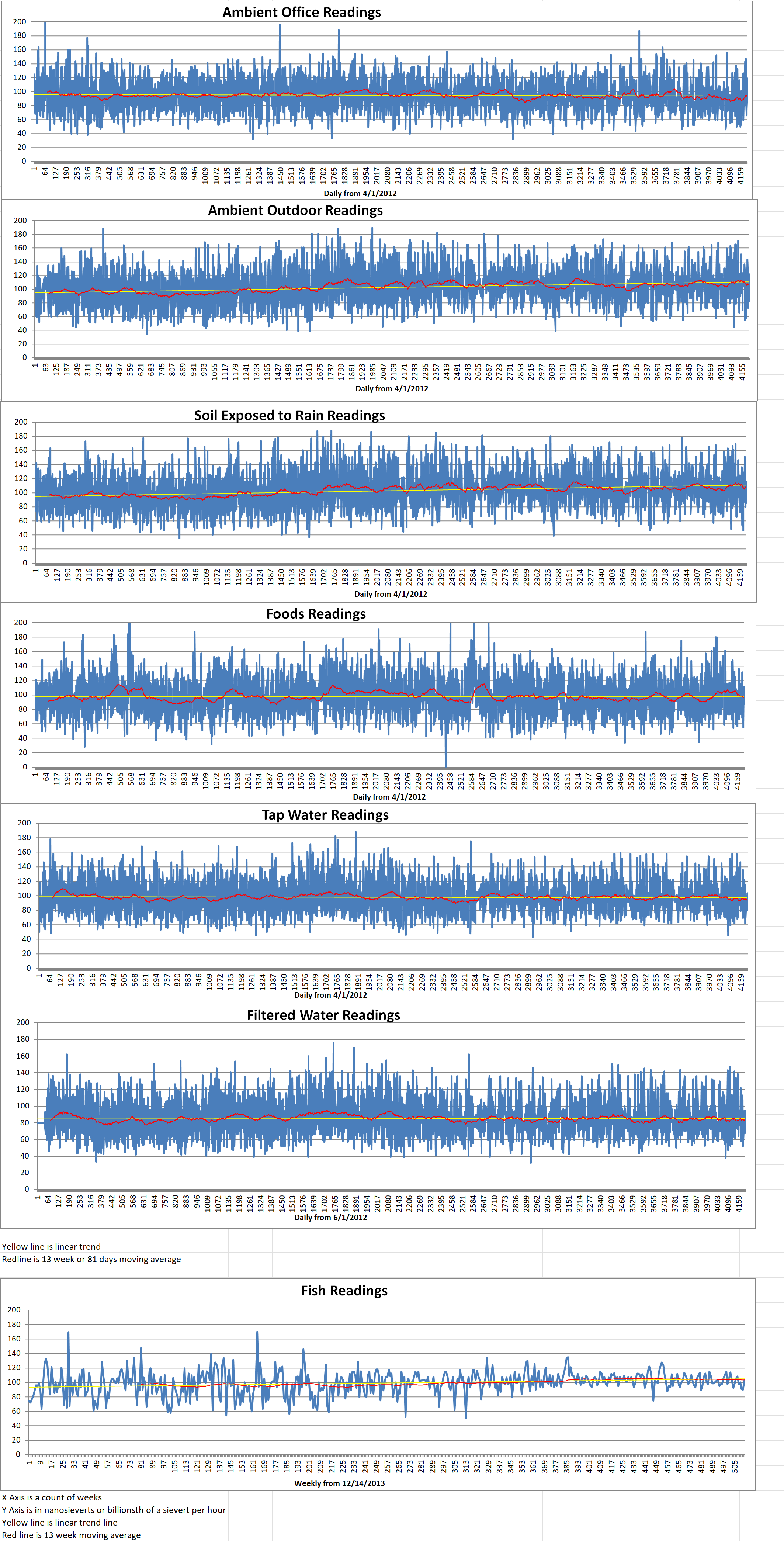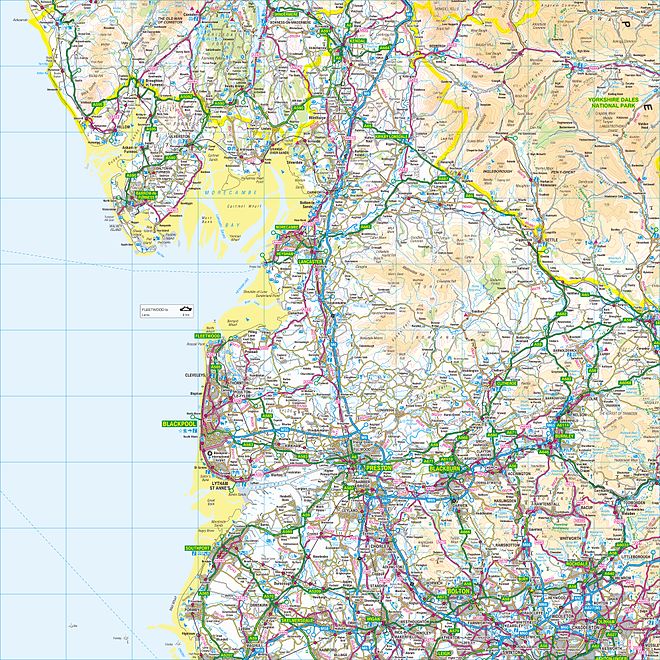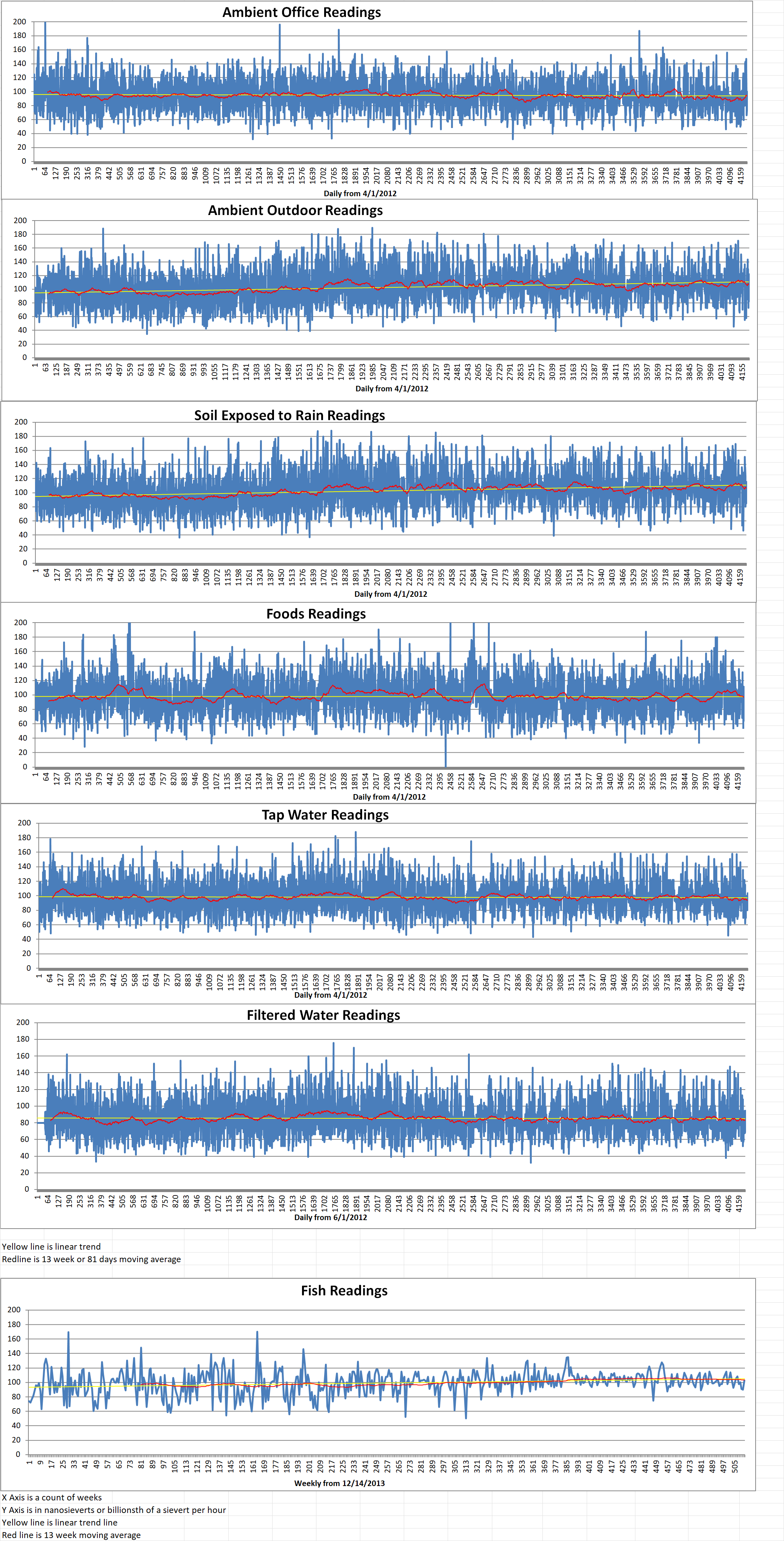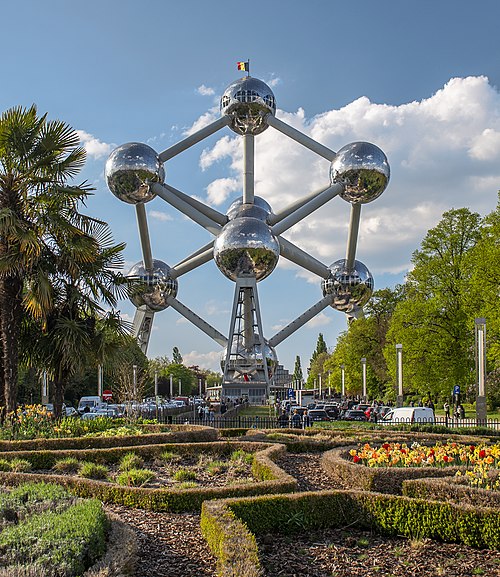In the shadow of a huge monument glorifying nuclear power in Brussels, Belgium, thirty-four nations from around the world pledged to use nuclear power to help achieve a climate-neutral globe while providing countries with an added sense of strategic security.
The idea of a Nuclear Energy Summit would have been hard to imagine a dozen years ago after the 2011 Fukushima nuclear accident in Japan. However, the tide has turned in recent years. Global warming has made it necessary to phase out fossil fuels, while the war in Ukraine has laid bare Europe’s dependence on Russian energy.
Rafael Grossi is the head of the International Atomic Energy Agency. He said, “We have to do everything possible to facilitate the contribution of nuclear energy. It is clear: Nuclear is here. It has an important role to play.”
Thirty-four nations, including the United States, China, France, Britain and Saudi Arabia, committed “to work to fully unlock the potential of nuclear energy by taking measures such as enabling conditions to support and competitively finance the lifetime extension of existing nuclear reactors, the construction of new nuclear power plants and the early deployment of advanced reactors. A statement was released that read, “We commit to support all countries, especially emerging nuclear ones, in their capacities and efforts to add nuclear energy to their energy mixes.”
The one-day meeting was held in Brussels next to the 1958 Atomium which is a three hundred-and thirty-five-foot-tall construction of nine iron atoms. It was constructed to promote the peaceful use of nuclear energy in the wake of the nuclear bomb explosions at the end of World War II and their use as a geopolitical deterrent ever since.
Fatih Birol is the executive director of the International Energy Agency. He said, “Without the support of nuclear power, we have no chance to reach our climate targets on time. Renewables will play the major role in terms of electricity, especially solar supported by wind and hydropower. But we also need nuclear power, especially in those countries where we don’t have major renewable potential. We have to do whatever we can to increase the current nuclear capacity, which is currently only less than 10% of global electricity generation.”
France is the leader in nuclear energy in Europe. It accounts for about two-thirds of its overall energy requirements.
French President Macron said that “thanks to the nuclear model, France is one of the few countries that exports its electricity, which is an opportunity. We should be much more concerned about, for example, CO2 emissions, which have a direct impact on you and me and on our health every day. Our priority must be to get out of coal and gas and move towards nuclear power and renewable energy.”
The devastating impact of nuclear accidents, like the one in 1986 in Chernobyl, Ukraine, was barely mentioned. Outside the summit, environmental groups sought to highlight the dangers of the Summit. They tried to convince leaders that renewable energy sources like wind and solar were much more practical and worthwhile.
Building nuclear power plants takes many years and projects are usually marred by cost and deadline overruns. Environmentalists stressed that point with demonstrations outside the summit center.
Lorelei Limousin of Greenpeace said, “Nuclear, all the evidence shows, is too slow to build. It is too expensive. Much more expensive than renewables. The government must focus on developing renewable energy, energy savings, the real solutions that work for people like home insulation, public transport — not nuclear energy fairy tales.”

